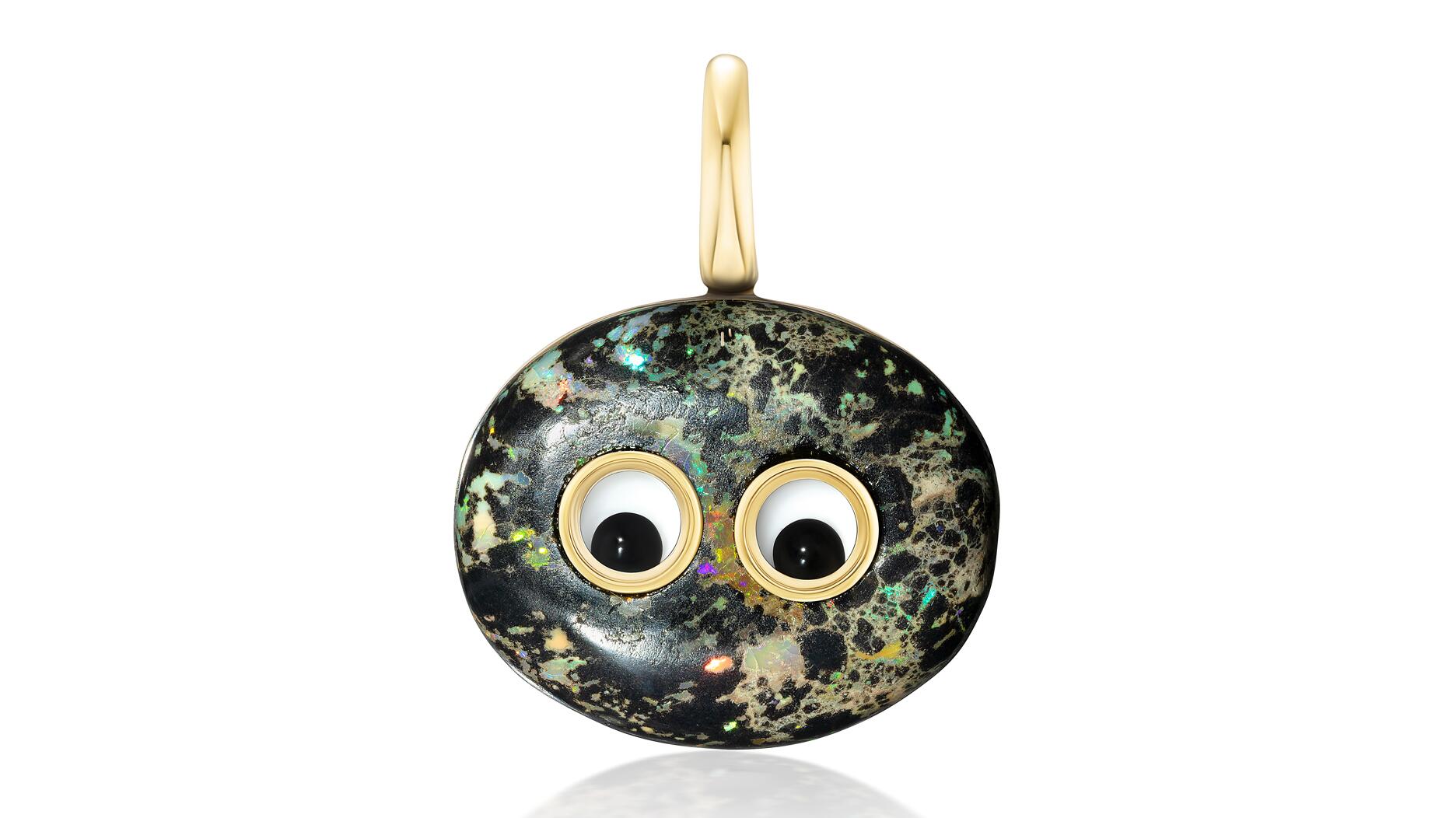The former BHP Billiton leader and Gemfields chairman is remembered for his influential leadership throughout his 50-year mining career.
3 Thoughts About the New Campaign for Diamonds
Editor-in-Chief Michelle Graff gauges the online reaction and shares her initial impressions of “Real is Rare.”

Now, let me start this blog by saying that it’s way too early to pass any judgements on the success or failure of the campaign, which is only about three weeks old.
I believe the real tell for “Real is Rare” will be more long term. It won’t be gauged on the comments sections of social media sites but, rather, at the cash registers in jewelry stores in coming years.
And the Diamond Producers Association knows that; they don’t expect this campaign to move the needle on diamond jewelry demand overnight.
As DPA Chairman Stephen Lussier noted at the campaign’s launch party held earlier this month in New York, “We’re not setting out to transform Christmas this year, or even perhaps Christmas next (year), although I’d like to think we’d have a positive impact.
“Our real mission here is the long-term foundation of making sure that these consumers now, these millennials ... that they have this belief in the diamond dream.”
That being said, here are a few thoughts in the immediate wake of the launch of “Real is Rare” with some insights from the DPA’s Chief Marketing Officer Deborah Marquardt, who took time to chat with me on the phone on Monday.
1. The negative comments aren’t anything new. On social media, they mostly are along the lines of diamonds aren’t really rare, the whole diamond engagement ring thing is a scam perpetrated by De Beers to sell more diamonds (as if De Beers is the only company in the world to ever successfully market its product), they’re all “blood diamonds,” etc.
I actually asked Lussier about the whole “rare” approach when I interviewed him in June after the DPA debuted the “Real is Rare” tagline in Las Vegas; was there any hesitation on the DPA’s part about the word “rare” being used?
Lussier told me then that the “diamonds aren’t rare” argument didn’t come up when consumers were interviewed during the campaign’s development, though he did allow that consumers “recognize that there are rare ones (meaning diamonds) and there are less rare ones, particularly when it comes to size and quality.”
Overall, though, Lussier said he doesn’t see the use of the word “rare” being an issue. He also pointed out that in the campaign, “rare” references the rarity of real connections in today’s digital world, not the diamonds themselves.
I, personally, would have opted to simply weed out the negative remarks rather than disable comments entirely, given the fact that not being able to comment definitely won’t go unnoticed by the members of the generation at whom this campaign is aimed. (And, in fact, it hasn’t; check out the comments section of this AdWeek story.)
When I asked Marquardt about it, she said the DPA sees YouTube primarily as a platform for video viewing while Twitter, Instagram and Facebook are the platforms where they really want the dialogue to happen.
And it is happening, as there are both positive and negative remarks about the campaign on social media.
“We would love it, of course, if everybody loved everything, but I think what’s most important is if people are talking, then we are breaking through,” she said.
For anybody who wants to check it out the campaign’s content and comments, “Real is Rare” can be found on Facebook, Twitter and Instagram by searching @RealisaDiamond while the hashtag for the campaign is #RealisRare.
(The DPA went with @RealisaDiamond over @RealisRare because @RealisaDiamond was available across all platforms.)
2. Is it too unconventional? There’s a lot of “wild” going on in both commercials but, interestingly enough, there aren’t any traditional engagement rings.
In “Runaways” the couple runs off together after their first date, first to his apartment, then to Thailand, then to a third floor walk-up (Where? Should we guess Brooklyn? And, on that note, does anybody in any type of advertising today not look like they live in Brooklyn? ) before finally settling in a remote locale where chickens run free.
Meanwhile, in “Wild & Kind” the couple is committed to a life together but is unsure if they’ll ever formally tie the knot.
One Midwest retailer seems to think it might be a bit too much wild for his customers, writing in the comments section of our last story on the campaign that the DPA, “might be missing out on regional opportunities to create ads for those ‘traditional’ Gen-Xers who might still believe in carrying on the old ways.”
“We out here in the fly-over states still have the same problem,” with diamond sales, he wrote. “They are not being told to buy bigger diamonds or on more occasions. We need their (the DPA’s) support too.”
You can read the retailer’s entire comment on “Real is Rare” here.
One of the 20-something, New York City-based editors here said the same when I asked for her feedback.
While for the most part she likes the direction of the campaign, she did note that it “kind of feels like they are trying a little too hard to be ‘alternative’ and non-traditional.”
“I wonder if they might be missing out by not doing any commercials yet that are more traditional, just helping build the value of a diamond and keeping it as the symbol for marriage and the idea of ‘forever’ in that sense?” she asked.
I asked Marquardt about this when we talked on Monday and she hinted that some more traditional ads were coming down the pike, with “successive waves of communication” set to roll out throughout the end of the year and into 2017.
It was a “conscious decision” by the DPA to launch with the campaign with ads that were more non-traditional, she said, “but it is in no way to say that engagement and marriage and traditional commitment aren’t going to be addressed in the campaign.”
In talking with Marquardt about the less-traditional nature of these first few ads, I also got an answer to my next question, which was …
3. Is there going to be a commercial that includes a same-sex couple? When the DPA screened the ads for members of the industry and press in New York, they told the audience there were going to be two ads.
So I--along with a few of the people seated near me--figured we’d see one ad with a man-woman pair and another with a gay or lesbian couple. I was a bit surprised when both commercials featured a man and a woman together.
While Marquardt can’t share many specifics about what’s next, she did note that “we have a 360 campaign that celebrates many types of relationships and is reflective of our society today.”
Some might think we are living in times that are overly political correct, but I think it’s just what is right. If we are in the business of celebrating love, then all types of love need to be represented.
What do you think of what you’ve seen of “Real is Rare” so far? Have your customers said anything about it? Leave your comments below or email me at michelle.graff@nationaljeweler.com.
The Latest

The LVMH-owned brand has partnered with the costume design union to revamp its award for 2026.

The luxury titan inked a deal to acquire an initial minority stake in the jewelry manufacturer with a pathway to full ownership by 2032.

How Jewelers of America’s 20 Under 40 are leading to ensure a brighter future for the jewelry industry.

The company’s curation of unsigned vintage and estate jewelry debuted at the Bloomingdale’s in Costa Mesa, California.


In the recent multi-shipment seizure, CBP also found counterfeit Audemars Piguet, Moncler, and Chrome Hearts items.

Jewelers of America execs and National Jeweler editors discuss tariffs, the sky-high gold price, and the engagement that broke the internet.

Roseco’s 704-page catalog showcases new lab-grown diamonds, findings, tools & more—available in print or interactive digital editions.

The luxury goods company said founder Ippolita Rostagno will remain at the brand’s helm.

Laura Burdese, who joined the Italian luxury brand in 2022, will take on the role in July.

Need a gift for the cat lover who has everything? Look no further than our latest Piece of the Week.

It purchased the “Grosse Pièce,” an ultra-complicated Audemars Piguet pocket watch from the ‘20s, for a record-breaking price at Sotheby’s.

The lab-grown diamond grower now offers custom engagement and fashion jewelry through its Kira Custom Lab Jewelry service.

Chandler got his start at Michelson Jewelers and has served as DCA president and CEO since 2001. He will retire at the end of the month.

The boutique is slated to open this week inside Terminal 8, offering pre-owned Rolex watches and more to international travelers.

Sponsored by Digital Monitoring Products
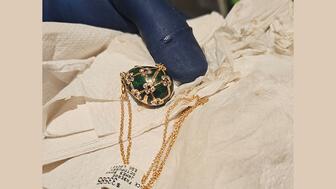
The special-edition egg pendant ingested in a New Zealand jewelry store was recovered after a six-day wait.
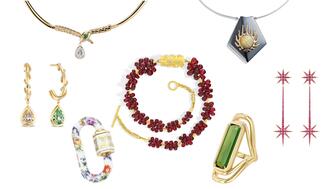
Associate Editor Natalie Francisco plays favorites with Piece of the Week, selecting a standout piece of jewelry from each month of 2025.

The “Love and Desire” campaign is inspired by the magic that follows when one’s heart leads the way, said the brand.

Two awardees will receive free tuition for an educational course at the Swiss lab, with flights and lodging included.

Berta de Pablos-Barbier will replace Alexander Lacik at the start of January, two months earlier than expected.
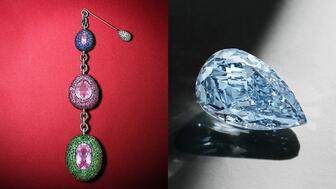
Sotheby’s held its first two jewelry sales at the Breuer building last week, and they totaled nearly $44 million.

Winners will receive free registration and lodging for its fourth annual event in Detroit.

Here are six ideas for making more engaging content for Instagram Reels and TikTok, courtesy of Duvall O’Steen and Jen Cullen Williams.
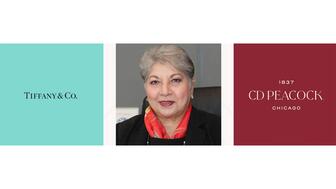
The honorees include a notable jewelry brand, an industry veteran, and an independent retailer.

Carlos Jose Hernandez and Joshua Zuazo were sentenced to life without the possibility of parole in the 2024 murder of Hussein “Sam” Murray.

Yood will serve alongside Eduard Stefanescu, the sustainability manager for C.Hafner, a precious metals refiner in Germany.














